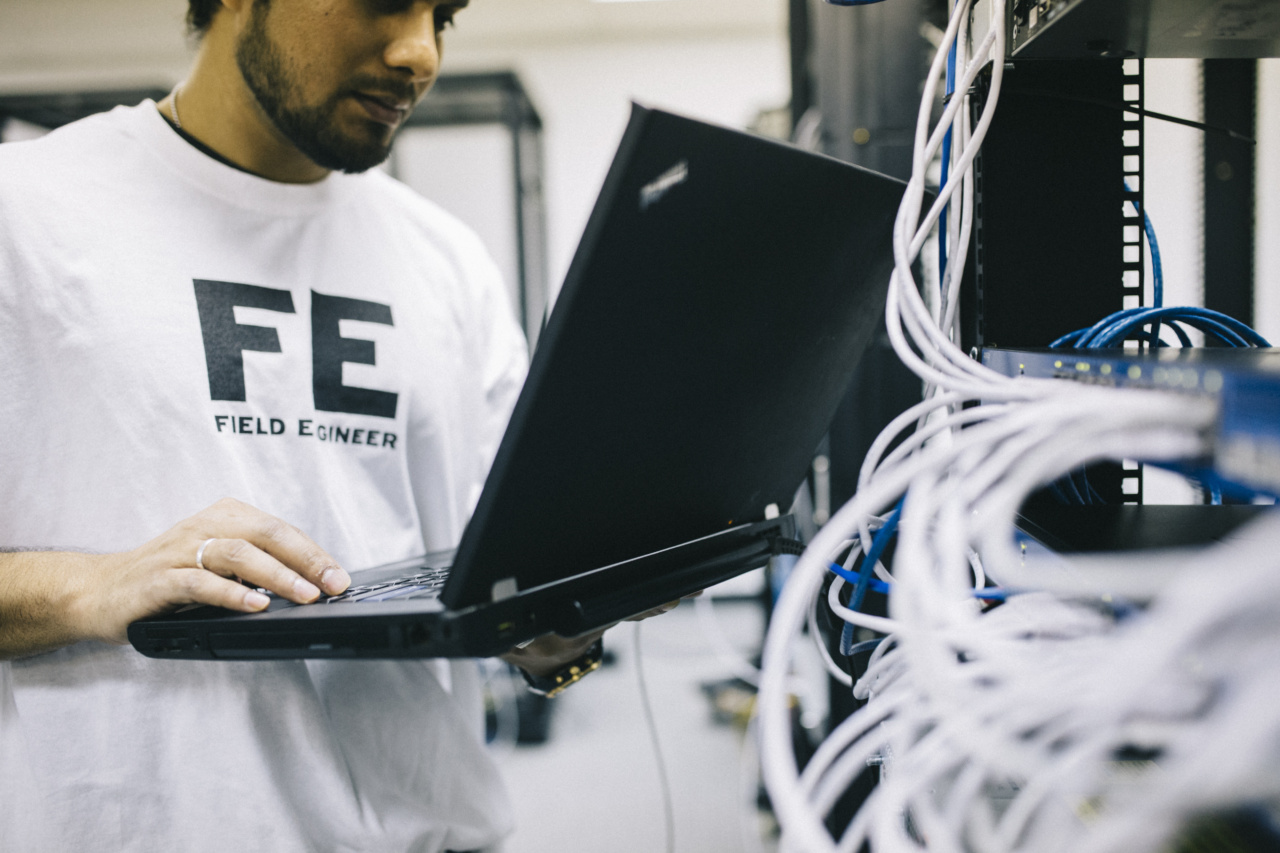Birth control is an important topic for teenagers as they navigate their way through adolescence and explore their sexuality.
With the availability of various birth control methods, it can be overwhelming to understand which options are most commonly used by teens. This article aims to shed light on the birth control options that teenagers are using the most, providing insights and information to help teens make informed decisions about their sexual health.
1. Condoms
Condoms are one of the most commonly used birth control methods among teenagers. They are readily available, affordable, and provide protection against both unintended pregnancy and many sexually transmitted infections (STIs).
Condoms come in various types, including male condoms and female condoms, providing options for both genders.
2. Oral Contraceptives
Oral contraceptives, or birth control pills, are another popular choice among teenage girls.
These pills contain synthetic hormones that prevent ovulation, thin the lining of the uterus, and thicken cervical mucus, making it difficult for sperm to enter the uterus. However, it’s important to note that oral contraceptives do not protect against STIs, so using condoms alongside them is recommended.
3. Long-Acting Reversible Contraceptives (LARCs)
LARCs, such as contraceptive implants and intrauterine devices (IUDs), have gained popularity among teenagers in recent years. These methods provide effective contraception for an extended period, ranging from three to ten years, depending on the type.
LARCs are highly reliable, as they don’t require daily or monthly actions, making them convenient for busy teens. These methods are also reversible, allowing teens to regain their fertility shortly after removal if desired.
4.Injectable Contraceptives
Injectable contraceptives, often referred to as “the shot,” are another birth control option commonly used by teenagers. They involve receiving an injection of progestin every three months to prevent pregnancy.
The shot is discreet and doesn’t require daily actions, which can be appealing to teens who may struggle to remember to take a daily pill.
5. Patch
The contraceptive patch is a thin, square patch worn on the skin that releases hormones into the bloodstream to prevent pregnancy. It is typically worn for three weeks out of the month, with one week off to allow for menstruation.
The convenience of the patch makes it an attractive option for many teenagers.
6. Emergency Contraception
Emergency contraception, often referred to as the “morning-after pill,” is a type of oral contraceptive that is used to prevent pregnancy after unprotected sex or contraceptive failure.
It is crucial for teenagers to be aware of and have access to emergency contraception, as it offers a second chance to prevent an unintended pregnancy.
7. Withdrawal
While not as reliable as other birth control methods, withdrawal is still a commonly used method among teenagers. This method involves the male partner removing his penis from the vagina before ejaculation.
However, it is important to note that pre-ejaculate (pre-cum) can still contain sperm, leading to pregnancy. Thus, using withdrawal as the sole method of contraception is not recommended.
8. Fertility Awareness-Based Methods (FAMs)
Some teenage girls opt for FAMs, which involve tracking menstrual cycles, monitoring basal body temperature, and observing changes in cervical mucus to determine fertility.
While FAMs can be effective when followed strictly, they require dedication, consistency, and a thorough understanding of one’s body, which may be challenging for some teens.
9. Sexual Abstinence
Abstinence, or refraining from any sexual activity, is the only 100% effective method of birth control.
While it is an option chosen by many teenagers, it is essential for comprehensive sexual education programs to provide information about alternative methods of birth control for teens who do become sexually active.
10. Natural Family Planning
Natural Family Planning (NFP) involves tracking menstrual cycles and using fertility awareness to identify the fertile window and avoid intercourse during that time to prevent pregnancy.
While NFP can be effective, it also requires diligence and a commitment to tracking fertility signs accurately.
Conclusion
Understanding the birth control options available is crucial for teenagers as they engage in sexual relationships.
Condoms, oral contraceptives, LARCs, injectable contraceptives, the patch, emergency contraception, withdrawal, FAMs, abstinence, and natural family planning all represent various birth control options that teenagers commonly use. Educating teenagers about the effectiveness, convenience, and limitations of these methods empowers them to make informed decisions about their sexual health and well-being.































